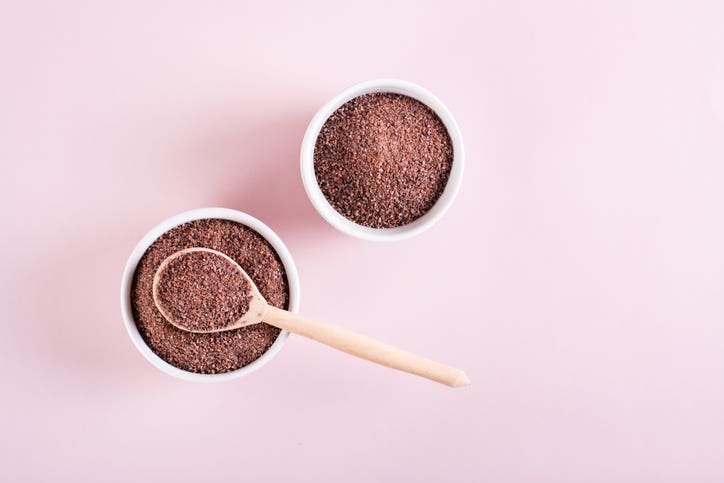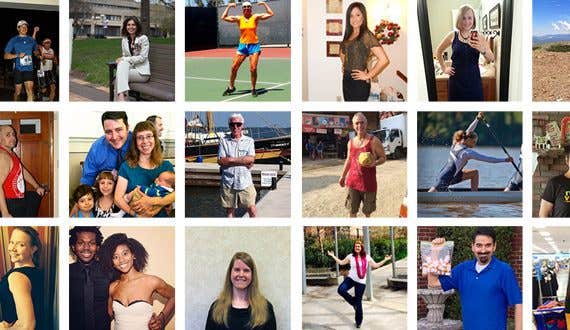
As a Rheumatologist, I’ve Helped My Patients and Myself with a Plant-Based Diet
Growing up, I ate a standard American diet. Fast food, French fries, steak, and pizza were the norm for me. When I was 17, I went on the Atkins diet in an attempt to get stronger, and I ended up developing gout, which is a form of arthritis. In the years following, I suffered many painful flare-ups.
Eventually, my gout pain transformed to another form of arthritis, affecting multiple joints in my body. A medical student at the time, I was frustrated that I couldn’t explain my own symptoms. I went to several rheumatologists, and none of them could explain my symptoms either. My inflammatory markers were high, but my blood work showed no other signs of autoimmune disease. I noticed that it seemed like food sometimes affected my pain, but I couldn’t determine the pattern.
Reaching a Turning Point
While in medical school, I ate a lot of unhealthy frozen meals and fast food just to get by so that I could study and keep up with my work. My diet did improve throughout my 20s, as I began incorporating more fresh vegetables and fruits, but I still ate a lot of animal products.
In 2015, my wife, Melissa Mondala, MD, and I both began our residencies at Loma Linda University. The only Blue Zone in the U.S., Loma Linda, California, is home to a large population of vegetarians and vegans, and Melissa was amazed to discover how many residents were active and healthy well into their 80s and 90s. It got her interested in lifestyle medicine, and in 2017, she decided to try a whole-food, plant-based (WFPB) diet to treat some of her own health conditions.
When Melissa first had me try some plant-based dishes, I didn’t enjoy them. Yet as the months went by, I became more interested in the idea of WFPB. I read How Not to Die by Michael Greger, MD, and watched the Forks Over Knives documentary film. In May 2018, I decided to give WFPB a shot.
Encouraged by Fast Results
The transition was definitely challenging for me. I had no trouble cutting out meat and fast food, but avoiding the endless aisles of processed food at the grocery store—that was hard. It was tough resisting chips and other junk foods.
But I noticed that, with each passing week on a WFPB diet, my pain and stiffness were lessening. Within three months, my pain and inflammation significantly improved, and I stopped having flare-ups. This really surprised me. I didn’t even have to take painkillers. It was the greatest feeling in the world. I had blood work done and found that one of my inflammatory markers, C-reactive protein, was negative, after being positive for 10 years!
Nothing beats being pain-free, and I was determined to stick with this new lifestyle.
Changing Lives
Today, I continue to thrive on a whole-food, plant-based diet. This way of eating has definitely changed my life. It has influenced my friends and family, too, as they strive to eat more plants.
It’s also changed the way I practice medicine as a rheumatologist. Lifestyle medicine, with an emphasis on WFPB eating, is now the foundation of my practice. It’s so satisfying to help my patients feel better. I use my social media to be a light in this space by talking about autoimmune diseases and plant-based nutrition. Nothing beats being pain-free.
Ready to get started? Check out Forks Meal Planner, FOK’s easy weekly meal-planning tool to keep you on a healthy plant-based path. To learn more about a whole-food, plant-based diet, visit our Plant-Based Primer.

Has a whole-food, plant-based diet impacted your life?
We would love to hear about it!
SHARE YOUR STORY
About the Author

About the Author
Micah Yu, MD
Join our mailing list
Get free recipes and the latest info on living a happy, healthy plant-based lifestyle.
By providing your email address, you consent to receive newsletter emails from Forks Over Knives. We value your privacy and will keep your email address safe. You may unsubscribe from our emails at any time.